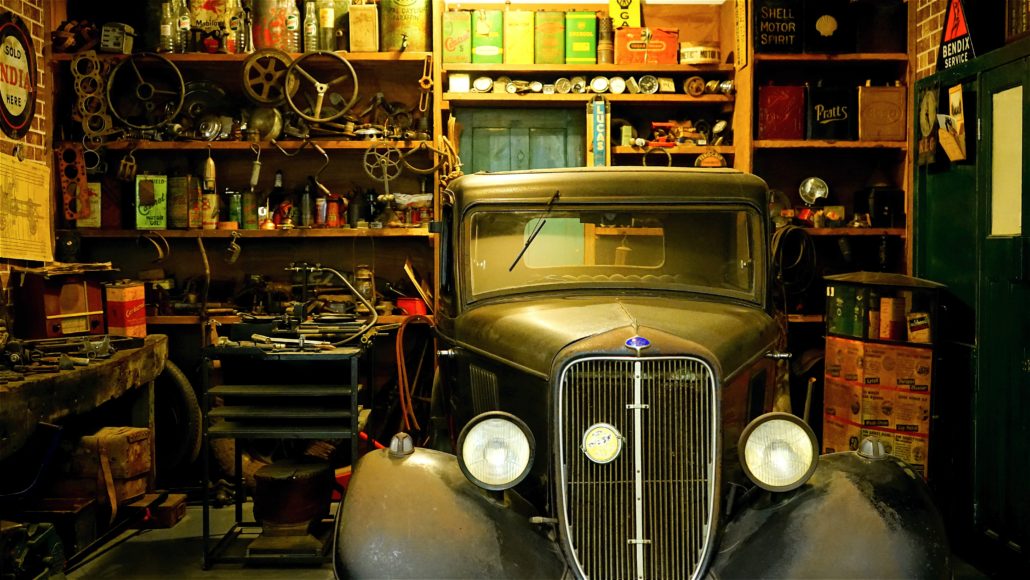
While many families are spending more time at home these days, it’s a great time to double-check that your home is fully protected from carbon monoxide. Because this dangerous gas is odorless and tasteless, carbon monoxide can go undetected until poisoning symptoms are already severe. Check for these potential sources of carbon monoxide to ensure your family’s safety:
Attached Garages
Attached garages are one common source of carbon monoxide poisoning. Carbon monoxide can get trapped anytime a gas-powered machine runs without proper ventilation. This means a garage containing many gasoline power sources is dangerous.
When you idle a car or start up a lawnmower inside the garage, it’s essential to allow enough airflow. If possible, avoid doing these things inside the garage. If you do choose to run a gasoline-burning stove or engine in the garage, make sure all windows and doors are open. Also, limit your amount of time inside the garage as much as you can.
While any type of garage is a potential risk area for carbon monoxide, attached garages are especially dangerous. If carbon monoxide is trapped inside an attached garage, the gas can leak into occupied areas of your home. To minimize this risk, allow airflow in the garage after any use of a gasoline-burning vehicle or tool.
Gas Stovetops and Ovens
If your kitchen appliances are gas-powered, they produce carbon monoxide. While it’s typically a safe amount, there are a few things that can increase the danger.
You’ll want to be very careful if you have a badly ventilated kitchen. In many homes, the carbon monoxide released from the oven dissipates quickly because of good airflow. However, if you don’t have many windows, doors, or vents, this dangerous gas can stick around longer than is healthy.
You also are increasing your risk if you spend most of your day in the kitchen. Many people have desks and work areas near the kitchen. Others choose to spend much of their free time at the kitchen counter. While this is convenient for having easy access to snacks, you need to make sure you’re safe.
To improve your kitchen’s safety, install a range hood or fan above your gas stovetop or oven. This keeps the air flowing smoothly and safely, even if you don’t have many windows or vents in the room.
You should also keep your oven door closed after cooking. While some people like to leave the door open to heat up the room in chilly weather, this increases levels of carbon monoxide.
Water Heaters
The awesome thing about gas water heaters is they have less of an impact on your monthly utility bills than electric water heaters. Gas is cheaper than electricity, so a gas heater gives you hot water without hurting your budget.
The only concern with gas-powered water heaters is an improperly installed heater can leak carbon monoxide into your home. If you have a recently-installed water heater, be vigilant in watching for issues. If the venting is set-up incorrectly during installation, gas can leak into your house.
Similarly, if your heater is old, you should check that the ventilation path is clear. After years of working properly, sometimes debris or junk can build up and block the ventilation path. A blocked path could redirect gases into a living area.
Prevention
While finding hidden sources of carbon monoxide sounds scary, there’s no reason to worry if you’re properly prepared. Any home with gas-powered appliances should have a properly working carbon monoxide detector.
With a working detector, if there’s an issue, you’ll have plenty of notice to get out of the house. Simple steps toward prevention help you sleep easier knowing your family is safe.


